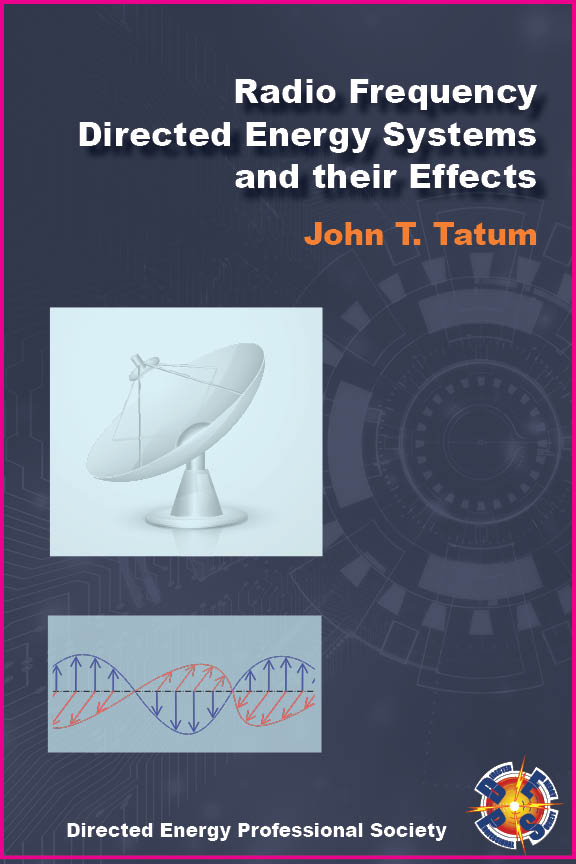Product Details
Directed Energy (DE) systems can engage targets positioned on land and sea surfaces, as well as in air
and space, typically operating at frequencies outside of human eye detection and therefore unseen by
an adversary. Radio Frequency (RF) energy target entry can occur via intentional antennas (front doors)
and by targeting unintentional ports of entry (back doors).
This book addresses major subsystems in an RF DE system and discusses the advantages and disadvantages
of RF DE systems compared to conventional kinetic energy systems. Topics explored include:
- Atmospheric effects of absorption and scattering
- Basic RF modeling and simulation tools
- Methodology to determine power requirements for an RF DE system and for computing the hardening and protection requirements for an electronic target
- Mathematical formulas for estimating the effective areas of typical RF DE ports of entry, e.g. aperture, dipoles, and wire antennas
About the Author
John T. Tatum is an electronic systems engineer with the SURVICE Engineering Company and a subject-matter
expert in electronic warfare (EW) and high radio frequency/microwave directed energy systems (RF/M DE systems).
Before joining SURVICE, he worked for almost 37 years for the U.S. Army Research Laboratory (ARL; formerly
Harry Diamond Laboratories in Adelphi, Maryland), in the Electronics Division, where he learned about radar/EW
and electromagnetic energy and its effects. Mr. Tatum became a team leader in the RF/M DE Effects branch,
where he directed and participated in EM/RF/M effects investigations on military systems and supporting
infrastructure. Mr. Tatum used the effects data to investigate the feasibility and effectiveness of RF/M DE
concepts for various Army applications. He also served as the Army chairperson of the RF/M DE JMEM Working
Group and chaired the RF/M DE Effects Panel for the Office of the Secretary of Defense’s Technology Panel
on DE systems. Mr. Tatum is a fellow of the Directed Energy Professional Society (DEPS), a member of the
Association of Old Crows Electronic Warfare Society and the Institute of Electrical/Electronic Engineers
(IEEE). Mr. Tatum holds a Bachelor of Science in Electrical/Engineering (B.S.E.E.) from the University of
Maryland, College Park, MD, where he became a member of the Eta Kappa Nu Electrical Engineering honor society.
He also has completed graduate courses in communications and radar at the University of Maryland and the
Johns Hopkins University Applied Physics Laboratory (JHU-APL). In his free time, Mr. Tatum volunteers as a
STEM (science, technology, engineering, and math) teacher for Montgomery County Public Schools in Maryland,
where he teaches Electricity Fundamentals, Electrical/Electronic Engineering Careers, and EM Waves and
Applications, such as RF/M DE propagation, radio communications, radar, and electronic warfare.
Please see the Preface for more details on content of this book.

